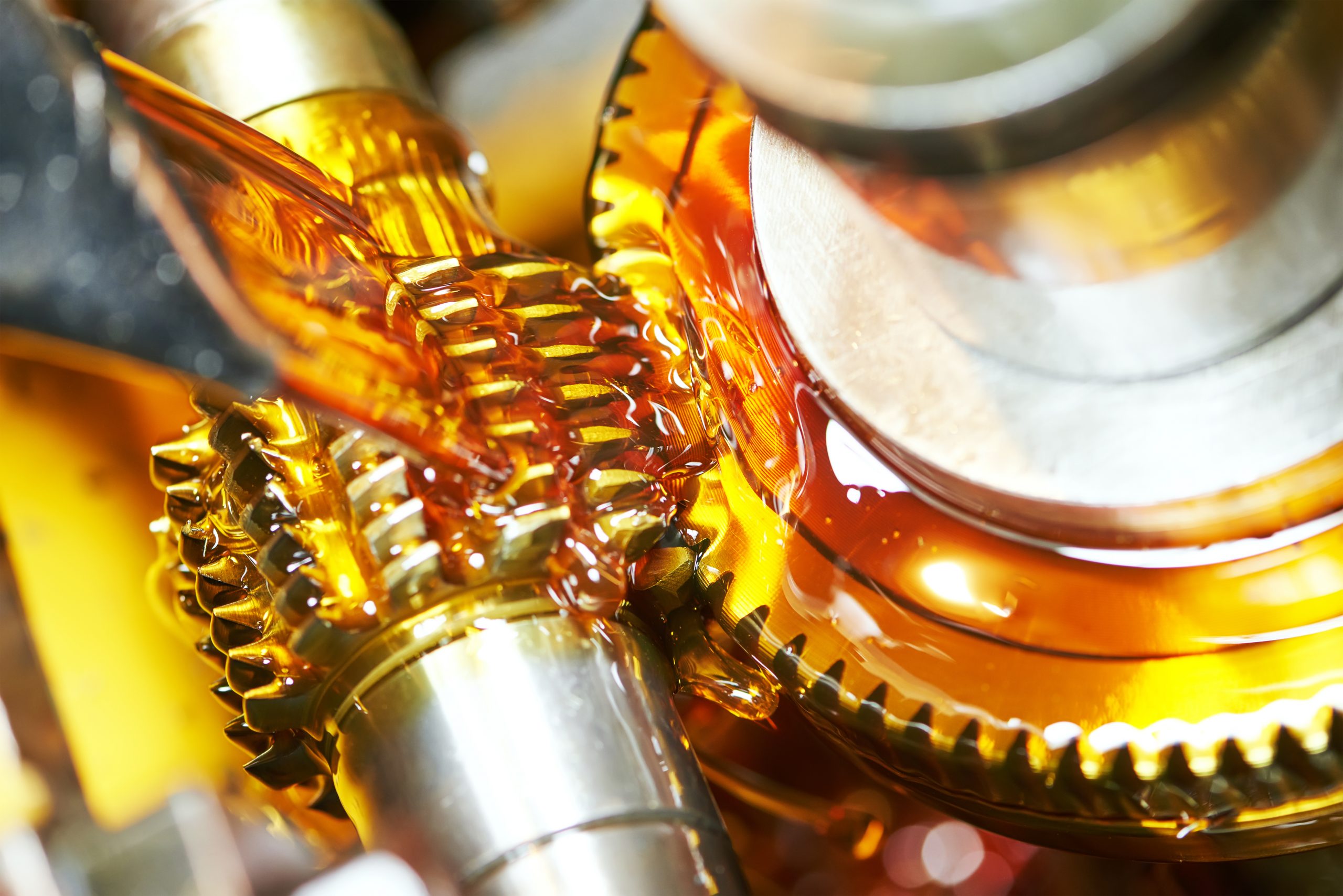That's the closest to what I was calculating off the measurements I pulled, yes.I now get a diametral pitch of 34 (or .75 Mod).
I can rescan, I suppose, I typically just use physical measurements to line up points.The scan, I believe, is noticeably more accurate. However, including x and y known-length references with the part would have been nice.
Here's what I pulled from the pinion. I don't know enough about gear design to come close to thinking that I got the tooth profile perfect and I'm assuming the pitch diameter and the 20 degrees, but the measurements for OD, root diameter, and tooth width included are reasonably correct. It's aluminum, by the way. 15 Teeth.It will be interesting hearing about the pinion measurements and the possibility of an addendum modification. The likelihood will be low if the pinion is steel with the plastic sector.





